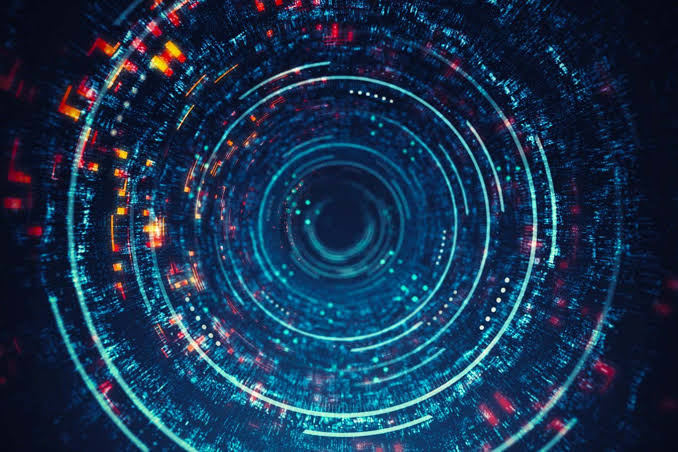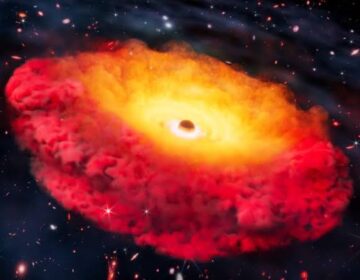Rules of the Universe
Researchers used Google’s quantum processor to simulate fundamental physics, offering a new way to study the universe’s basic forces and particles.
The fundamental forces that shape our universe are explained through intricate theoretical models.
These models are notoriously difficult to study because accurately simulating them is far beyond what traditional supercomputers can handle.
Now, scientists from the Technical University of Munich (TUM), Princeton University, and Google Quantum AI have shown that quantum computers can serve as a powerful tool for exploring this challenging field, offering a window into the dynamics of nature’s most basic components.
Details of the study, published in the journal Nature, mark a significant advance in quantum computing. The team successfully used Google’s quantum processor to directly simulate fundamental interactions, highlighting the technology’s potential for future discoveries.
This approach could help scientists uncover deeper insights into particle physics, quantum materials, and even the nature of space and time. At the heart of the work lies the goal of better understanding the universe at its most basic level, described through mathematical frameworks known as gauge theories.
Testing the Universe’s Rules in the Lab
“Our work shows how quantum computers can help us explore the fundamental rules that govern our universe,” says co-author Michael Knap, Professor of Collective Quantum Dynamics at the TUM School of Natural Sciences. “By simulating these interactions in the laboratory, we can test theories in new ways.”
Pedram Roushan, co-author of this work from Google Quantum AI emphasizes: “Harnessing the power of the quantum processor, we studied the dynamics of a specific type of gauge theory and observed how particles and the invisible ‘strings’ that connect them evolve over time.”







